What Is a Life Plan Community? Everything You Need to Know
A Life Plan Community (LPC) at Westmont of Chico is a residential option tailored for older adults, offering a blend of independence and care.
With maintenance-free living and various housing arrangements, you can enjoy a vibrant lifestyle without the hassles of upkeep.
LPCs foster social connections and lifelong learning while allowing seamless changes to higher levels of care as your needs change.
If you’re curious about the costs and benefits of LPCs, there’s much more to explore at Westmont of Chico.
What Is a Life Plan Community? Everything You Need to Know
A Life Plan Community (LPC) is a unique residential option designed to provide older adults with a seamless living experience that prioritizes independence and care. In an LPC, you’ll find various living arrangements, allowing you to enjoy maintenance-free living while focusing on wellness and personal growth. These communities foster connections, helping to reduce isolation through social activities and lifelong learning opportunities. Significantly, if your health needs change, you can shift to higher levels of care right on the same campus, ensuring continuity. Nonprofit LPCs also offer peace of mind by guaranteeing your residency, even if financial resources diminish. This holistic approach makes LPCs an empowering choice for you and your loved ones. Additionally, residents benefit from access to amenities that enhance quality of life and promote overall well-being.
Life Plan Communities: Pros and Cons to Consider
Choosing to move into a Life Plan Community (LPC) comes with a blend of benefits and challenges that deserve careful evaluation. LPCs offer a supportive environment with access to diverse care levels, promoting peace of mind as health needs change. You’ll enjoy maintenance-free living and opportunities for social engagement, enhancing your overall well-being. Additionally, 24/7 support from trained staff ensures that residents receive assistance whenever needed, further contributing to a sense of security. However, it’s essential to weigh potential downsides, such as the cost of entry and ongoing fees, which can be significant. Additionally, adjusting to community life may take time as you navigate new relationships and routines. Weighing these pros and cons will help you make an informed decision that aligns with your values and care preferences.

Understanding Life Plan Community Costs
Understanding the costs involved is vital for making informed decisions. Entrance fees vary considerably, depending on the community and services offered, while monthly fees typically cover maintenance, utilities, and security. You’ll encounter different contract options tailored to your financial situation. Type A Contracts offer predictable monthly fees for all care levels, while Modified Life Care Contracts and Fee-for-Service Contracts adjust based on care needs. Rental-only contracts focus solely on residential expenses. Discussing these fee structures and potential future costs with community representatives is essential. This open dialogue can provide both emotional and financial reassurance as you plan for a fulfilling life in an LPC. Additionally, being aware of available financial assistance options can significantly ease the burden of these costs.
Life Plan Community vs. CCRC: Key Differences Explained
While both Life Plan Communities (LPCs) and Continuing Care Retirement Communities (CCRCs) aim to provide a thorough living experience for older adults, there are key distinctions that can significantly impact your decision. LPCs offer a seamless shift between independent living and various levels of care, all on one campus, emphasizing wellness and social engagement. CCRCs, on the other hand, often have more rigid care structures and may not provide the same level of community-focused amenities. Additionally, LPCs, especially non-profit ones, guarantee residency even if financial resources are exhausted, offering peace of mind. Understanding these differences can help you choose a community that aligns with your values and future needs, securing a supportive environment for yourself or those you serve. The emphasis on holistic wellness in LPCs further distinguishes them, promoting a proactive approach to health and well-being.
Are Life Plan Communities Worth It? Factors to Evaluate
Are Life Plan Communities genuinely worth the investment? To evaluate, consider your current and future care needs. These communities offer peace of mind with on-site services, ensuring you won’t need to move as your health changes. Think about the financial aspects, including entrance and monthly fees, which often cover a range of amenities and services. Reflect on the lifestyle benefits, such as maintenance-free living, social opportunities, and wellness programs that promote a fulfilling life. Additionally, assess how the community’s culture aligns with your values and preferences. Investing in a Life Plan Community can provide security and connection, benefiting you and your loved ones as you navigate this important chapter of life.
In conclusion, Life Plan Communities, such as Westmont of Chico, offer a unique blend of independence and support tailored to your evolving needs. Did you know that nearly 90% of residents report increased happiness and social engagement after moving to an LPC? This statistic underscores these communities’ value in enhancing your quality of life. As you consider this important decision, remember that Westmont of Chico can be a fulfilling, secure option for your future, allowing you to thrive in a vibrant environment. For more information, feel free to reach out to us at 530-767-3886.
Dive into the vibrant life our Westmont communities have to offer.Find Where You Belong
Frequently asked questions
What is the definition of a life-plan community?
A life plan community, also known as a Continuing Care Retirement Community (CCRC), is a residential option for older adults that provides a continuum of care. It typically includes Independent Living, Assisted Living, Memory Care, and Skilled Nursing on one campus. This setup allows residents to transition between care levels as their needs change without relocating. Life plan communities promote an active, vibrant lifestyle while offering peace of mind for future healthcare needs.
What is the downside of a CCRC?
The primary downside of a Continuing Care Retirement Community (CCRC) is the high upfront cost and ongoing monthly fees, which can be expensive. Additionally, committing to a CCRC requires careful financial planning, as residents may feel restricted by long-term contracts. Some individuals may also find it challenging to adapt to community living or the regulations and rules of the facility. Lastly, CCRCs vary in quality, so choosing the wrong one could lead to dissatisfaction with care and services.
What happens if you run out of money in a CCRC?
Suppose a resident runs out of money in a CCRC. In that case, many communities have policies to support them as long as the financial shortfall is unforeseen and not due to mismanagement. Some CCRCs have benevolent funds or financial assistance programs to help residents who experience economic hardship. However, this policy varies by community, and clarifying this during the contract review process is essential. Planning and understanding the financial terms can help prevent this situation.
Is a life plan community the same as a CCRC?
A life plan community is essentially the same as a Continuing Care Retirement Community (CCRC). The term “life plan community” is a modern rebranding that emphasizes these communities’ proactive, wellness-focused lifestyle rather than solely focusing on healthcare. Both terms refer to residential settings that provide a continuum of care, allowing residents to age in place while receiving the services they need. The shift in terminology reflects a more holistic approach to senior living.









